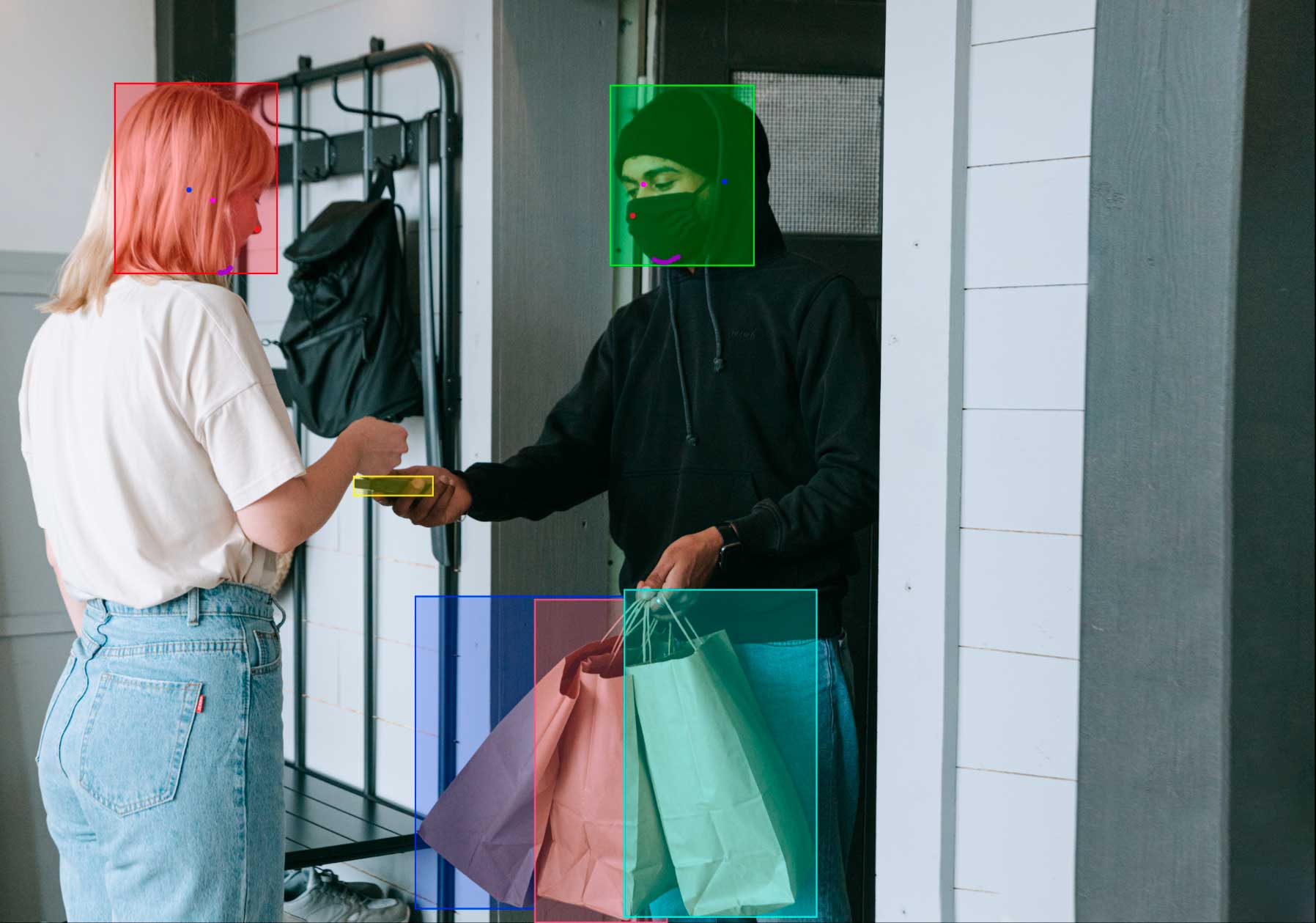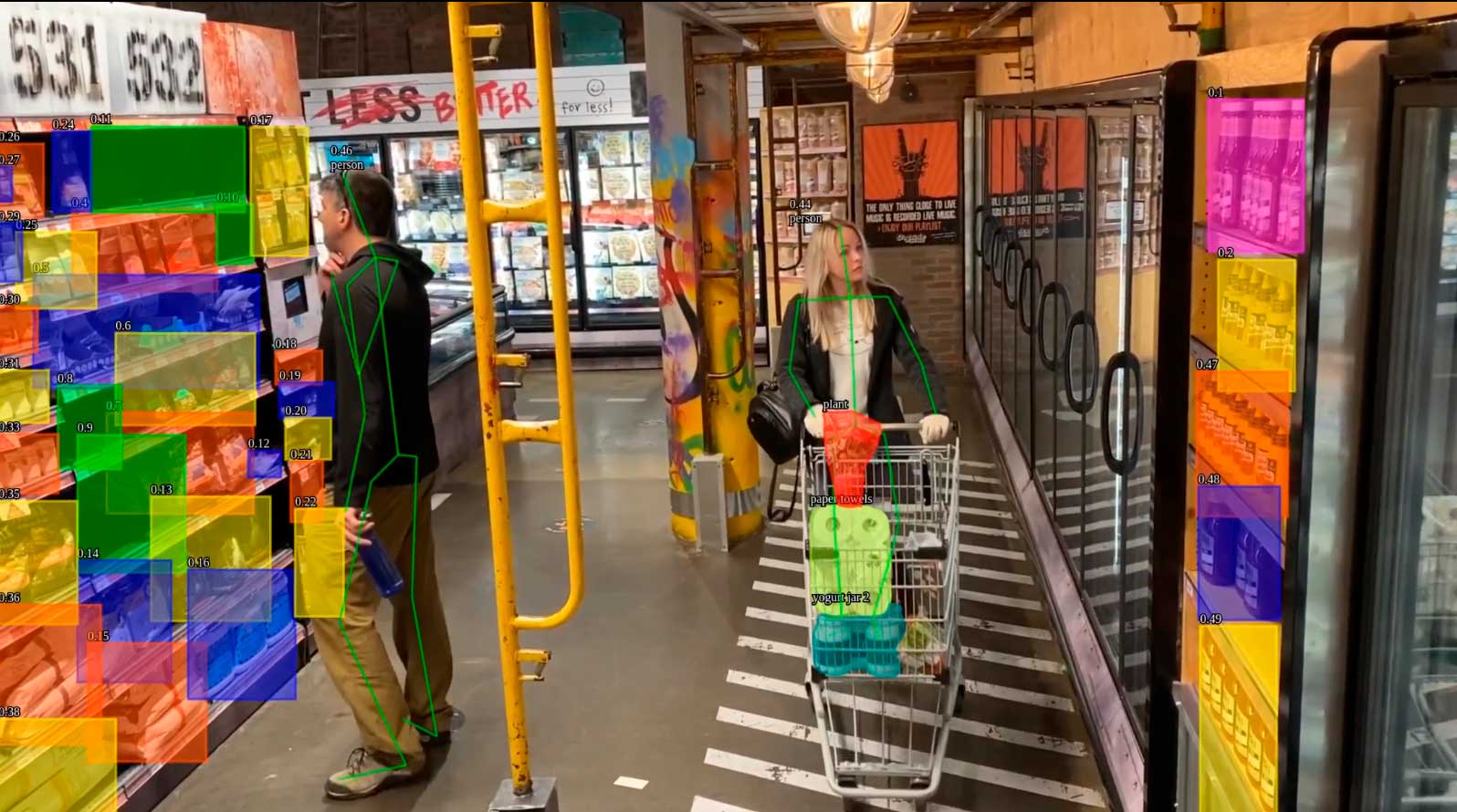The Advantages of AI Powered Smart Checkouts

Computer vision AI systems have the capacity to reliably identify objects in digital images. AI developers are using this capability in a range of industries to improve efficiency, customer experience and safety. Object recognition may be of particular value in the retail sector. Retailers are beginning to introduce AI into their stores in the form of smart checkout. These devices can help retail staff in a number of important ways.
However, in order for smart checkouts to reach their full potential AI developers need to train them with accurately annotated image data. Annotating data in house can be a distracting challenge for AI companies, as a result many developers choose to partner with annotation services, like Keymakr.
This blog will first identify why AI is so useful for the retail sector. Second we will examine some of the specific advantages of AI powered smart checkouts. And finally we will show how collaborating with data annotation services can help smart checkout innovators.
AI can support retail staff
Brick and mortar stores still need human staff to help customers, prevent theft and keep everyone safe. Many stores have already switched to mostly self-checkout, with less and less cashiers actively scanning goods. Whilst self-checkouts can be convenient for customers and cost-saving for retailers they are also hard to manage.
The unsupervised nature of self-scanning can lead to higher instances of theft, or mistakes where customers do not scan items correctly. As a result the burden of surveillance falls on retail staff. However, AI powered smart checkouts could help staff to focus on the customer experience.

Smart checkouts help with the customer experience and loss prevention
Smart checkouts work by identifying each object that moves into a camera's field of view. This camera is located above the scanning device. Therefore the AI system can identify the object and match it to the barcode being scanned, allowing the checkout to gain more information than is present in a normal barcode only situation. Retailers can use this information in a number of valuable ways:
- Giving retailers more information: Smart checkouts can collect a huge amount of data relating to shopping habits. AI models use the data gathered by computer vision systems to produce detailed reports and suggestions for retail managers.
- Detecting suspicious transactions: The main function of smart checkouts is to prevent theft. If the item in the camera view does not match the barcode being scanned this could mean that item swapping is occurring. In addition the system can show when customers do not scan items. Smart checkouts can send alerts to store security when possible theft is detected.
- Speeding up checkout: Smart checkouts can make self-scanning easier. When customers try to log items without barcodes (usually fruits and vegetables) smart checkouts can offer them a shortlist of options, which is easier than scrolling through a list of every item.
- Deterring theft: The presence of cameras at eye level on checkouts can deter theft. If shoplifters know that a transaction is being recorded they tend not to risk stealing items.
- Predicting patterns: Smart checkouts are good at noticing patterns. This means that they can identify which items are most often stolen, or which products are hardest to scan. This information is valuable for loss prevention and customer experience.

Data annotation providers are supporting this technology
Smart checkouts promise to make shopping easier and cheaper. Developers are continuing to improve AI models so that they work more reliably with a wider variety of products. Keymakr helps retail AI companies by annotating images to a high level of accuracy. Keymakr’s services are cost effective and easily scalable, and they guarantee a steady supply of training data for your AI models.
Contact a team member to book your personalized demo today.



